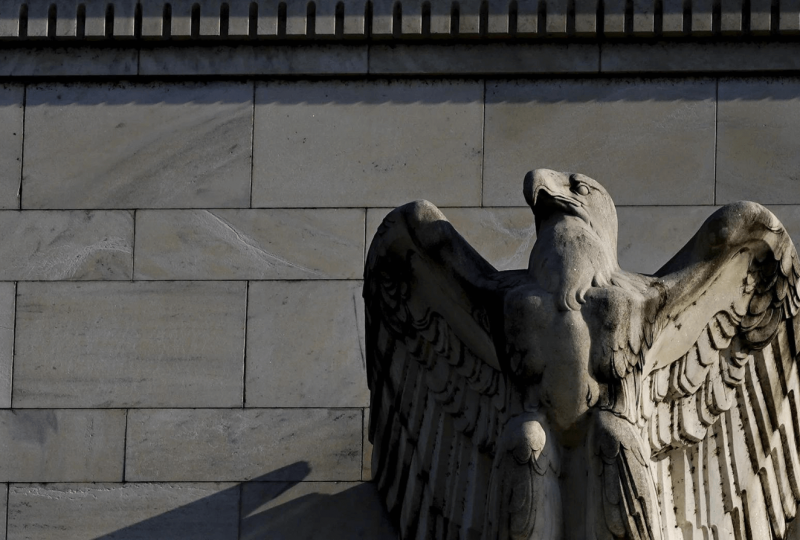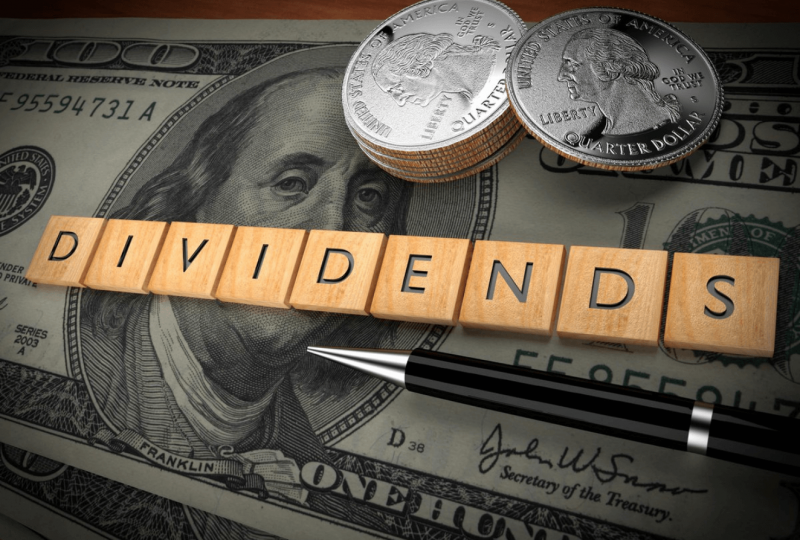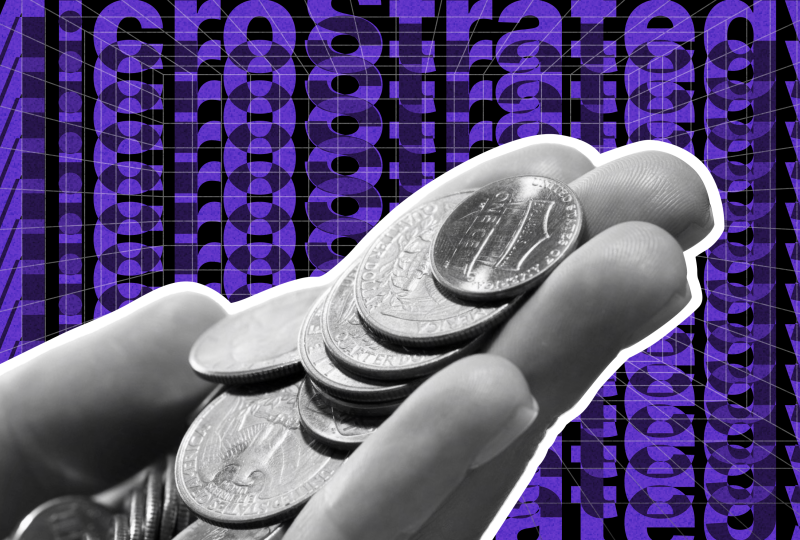Why Inflation Slowed in July and What It Means for the Fed’s Work
Aug 11, 2022

Even if inflation continues at historically high levels, this represents a healthy step toward a cooling economy. While the Fed is unlikely to reverse its aggressive monetary policy tightening until a downward trend becomes clearer, markets reacted positively to the news, with investors anticipating that the central bank will not need to move more dramatically than expected when officials meet again in September.
"The battle against inflation is far from done," says PNC senior economist Kurt Rankin, "but July's figures indicate that steps in the right direction are being taken."
The decline in gasoline prices, which fell 7.7% in July, accounted for a large portion of the drop in the rate of inflation. Other sectors that witnessed large drops included travel, secondhand cars and trucks, and clothes.
Food costs, which may be unpredictable and have been impacted this year by the Russia-Ukraine conflict, rose 1.1% month on month and are currently up 10.9% year on year, the highest annual increase since May 1979. Even still, the core CPI, which excludes food and energy, decelerated faster than predicted throughout the month and marked the weakest increase in four months.
Core prices rose 0.3% in June and July, compared to 0.7% in June and 0.5% in July last year. Core prices are rising 5.9% yearly, maintaining the rate seen in June.
That slowing in core prices, dubbed the "true surprise" by Bank of America economists, is the greatest news for the Fed since it highlights how inflation is dropping across the economy. It comes just days after a carefully regarded New York Fed poll revealed that consumers' long-term inflation expectations are declining dramatically, implying that families do not anticipate recent price hikes to endure in the long run.
Both sets of data indicate that inflation is at or near its peak. While this may relieve some of the Fed's pressure, for the time being, experts caution that the path to returning inflation to the central bank's 2% objective will be lengthy, especially given how labor and housing prices continue to grow.
Shelter prices rose 0.5% in July and are up 5.7% year on year, while services expenses were up 0.4% in July and 5.5% year on year, owing to increased salaries. Both sectors may be sticky or unlikely to fall back even if other prices decrease, providing a floor under inflation that the Fed would have to work hard to remove.
"The Fed will breathe a sigh of relief with today's figure."
However, it is insufficient to persuade them to let off on the gas pedal," says Seema Shah, chief global strategist at Principal Global Investors.
"The Fed still has a long way to go before the US economy can avert its fate." Because aside from housing and services, the cost of medical treatment, automobile insurance, household furnishings, new automobiles, and amusement all increased in July.




